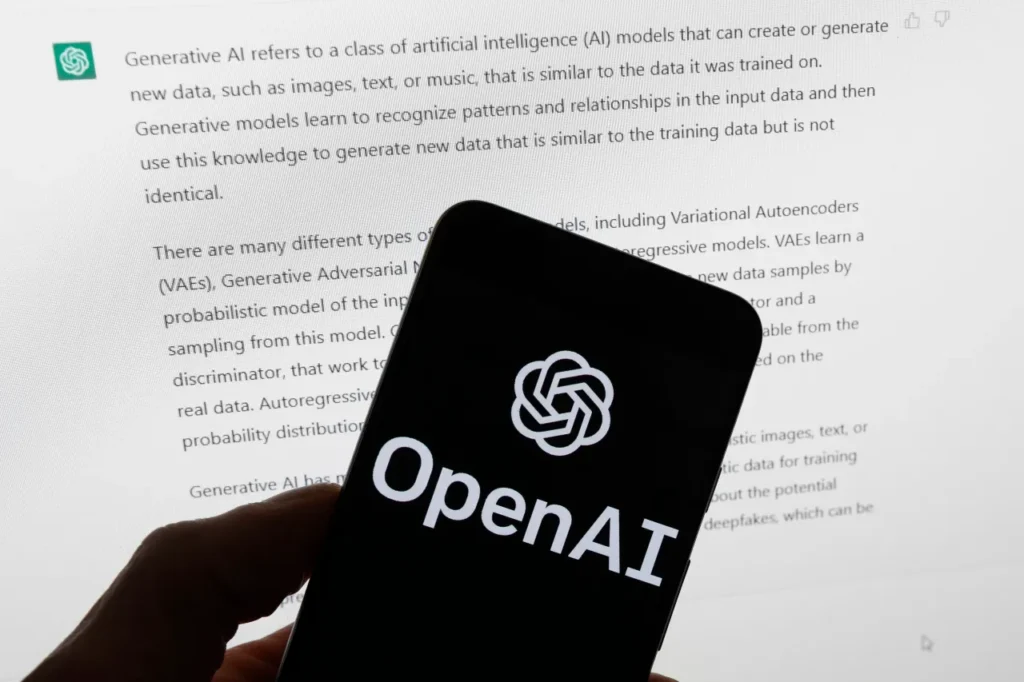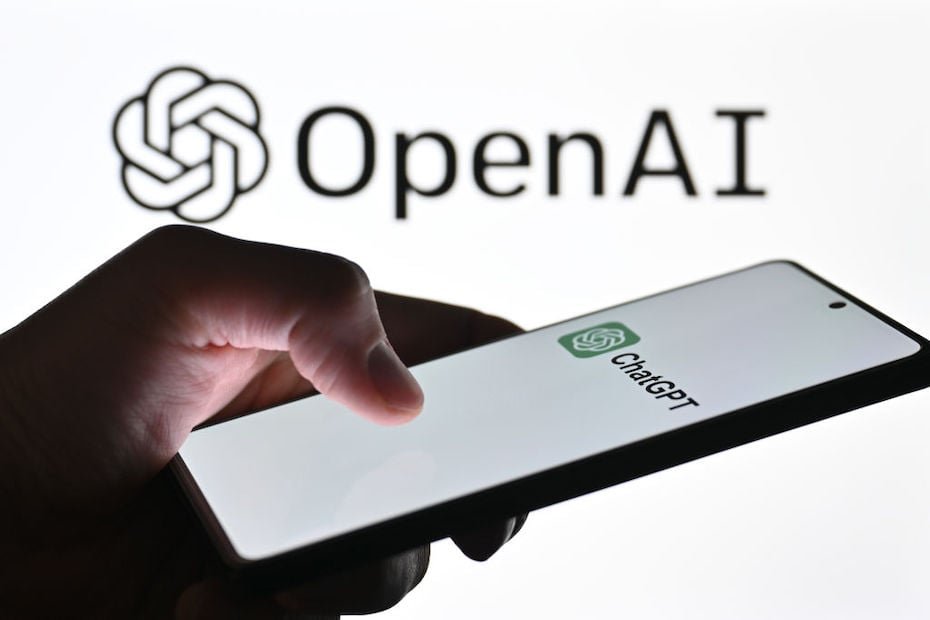On June 10, 2025, millions of users across the globe experienced an unexpected digital silence: ChatGPT, OpenAI’s flagship AI assistant, went down amid widespread outage reports. What started as minor delays quickly snowballed into a full-scale service disruption that affected users across India, the US, Europe, Australia, and more.
By mid-afternoon IST, the platform had become nearly unresponsive for many, with key features like voice mode, file uploads, and Sora—the AI’s video generation tool—failing to load or perform tasks. What followed was a worldwide scramble, as users turned to social media and third-party platforms to vent, joke, and search for alternatives.
Error Messages and Instant Chaos
Users began reporting issues around 2:45 PM IST, with a noticeable spike in complaints by 3 PM. ChatGPT’s response time had slowed drastically, with many encountering messages such as “Something went wrong” or seeing empty chats where previous prompts used to be. Others simply saw the spinning wheel of “loading,” but nothing ever appeared.

Downdetector, a service that monitors real-time internet disruptions, showed over 1,200 active outage reports in the span of minutes. The spike triggered alarm bells—not just for casual users, but also for businesses, educators, developers, and writers who rely on ChatGPT for daily productivity.
From Panic to Humor: How the Internet Reacted
As users scrambled for answers, social media quickly lit up with hashtags like #ChatGPTdown and #OpenAIcrash. The disruption became a trending topic within the hour. Memes flooded platforms like X (formerly Twitter), Instagram, and Reddit. One post humorously read, “First it was Netflix, now even my AI therapist has left me.”

While the humor was plentiful, so were real frustrations. Students complained about losing access to homework help. Developers couldn’t test code snippets or debug errors. Marketers were caught mid-campaign with AI-generated drafts hanging in limbo. But what could’ve been a purely chaotic moment slowly turned into a surprisingly reflective one.
Rediscovering Human Creativity

With ChatGPT down, many users resorted to traditional brainstorming methods. Teams turned back to whiteboards, students drafted essays by hand, and writers—accustomed to relying on AI for quick phrasing—challenged themselves to write unaided.
This temporary detour revealed something unexpected: a rekindling of human problem-solving skills. In the absence of AI assistance, creativity surged in the most organic ways. Virtual communities launched rapid-fire “manual idea swap” threads, and some users even created collaborative documents to share prompts and responses in ChatGPT’s spirit.
What started as panic slowly shifted into a collective learning moment: people remembered that AI is a tool—not a crutch.
Rise of AI Alternatives
With the world’s most popular chatbot down, users began exploring other AI tools. Google Gemini, Claude by Anthropic, and Grok by xAI all saw spikes in interest. Online forums buzzed with comparisons and tutorials on transitioning to different platforms.
Interestingly, some discovered that no single AI fully replicates ChatGPT’s depth and versatility, especially in areas like file analysis, voice mode, and Sora video generation. The result? A growing awareness of the benefits—and limitations—of a single-point dependency in digital workflows.
This outage may have just accelerated the global push toward a “multi-AI environment,” where users integrate several tools rather than rely solely on one.
OpenAI’s Fast-Track Recovery
Despite the scale of the disruption, OpenAI’s incident response was swift. By 6 AM UTC on June 11, most services were restored. The company issued multiple updates on its status page, guiding users through the mitigation process.
Voice mode, file uploads, and Sora were among the last to return to full function, but the overall recovery was smooth. The transparency during the process—along with real-time updates—helped calm user anxieties and reaffirm OpenAI’s commitment to reliability.
As of now, all major systems, including ChatGPT web, mobile, and API integrations, are up and running. The temporary errors have subsided, and user experience is back to normal for most regions.
What Caused the Outage?
As of the latest update, OpenAI has not released a detailed technical post-mortem. Initial indicators suggest it could have been a network-level issue, potentially involving backend API overload or database latency. However, the exact cause remains under investigation.
In complex cloud-based AI systems, even minor service spikes or configuration errors can ripple into global disruptions. What matters more is how quickly the system recovers—and in that regard, OpenAI showed clear technical readiness.
Lessons from the Glitch
The ChatGPT outage underscored three key themes:
1. AI Is Now a Critical Utility
What was once considered an experimental chatbot is now mission-critical software. It’s used in legal research, marketing, education, healthcare, and even emotional wellness. The downtime revealed how deeply integrated AI has become in modern life.
2. Diversification Is the Future
Overreliance on a single platform comes with risks. More users and enterprises are now exploring backup options and hybrid workflows that blend multiple AI services. This trend could push the entire industry toward more interconnected, interoperable AI ecosystems.
3. Human Resilience Wins
Despite frustrations, people adapted. They found workarounds, reconnected with their own critical thinking, and even turned to one another for help. The outage reminded us that while AI can be powerful, human adaptability remains unmatched.
A Wake-Up Call—But Also a Win

Rather than a failure, this moment can be seen as a stress test that ChatGPT largely passed. Yes, there was disruption. But there was also transparency, quick resolution, and a global user base that showed both dependency and resilience.
OpenAI’s engineers deserve credit for pulling the service back online within hours. And users? They reminded the world that while AI is evolving fast, it’s still here to serve human potential—not replace it.
The incident may spark new product features like offline access, smarter error handling, and even AI-to-AI fallback strategies. Already, forums are buzzing with ideas for “AI clusters” that automatically shift to alternate models during outages—a compelling vision for the next wave of innovation.
In Closing
ChatGPT’s unexpected downtime was a sobering moment for millions—but it was also a moment of reflection, resourcefulness, and recovery. From joke-filled social feeds to makeshift writing sprints, the global community found a way to keep moving.
And now that ChatGPT is back, stronger and more aware than ever, the future looks even brighter for AI-powered productivity. Whether it’s answering questions, generating videos, or assisting with emotional wellness, the human-AI partnership is just getting started.
Do follow UAE Stories on Instagram
Read More: Emirates Launches Free Coach Service for Clark Flights














